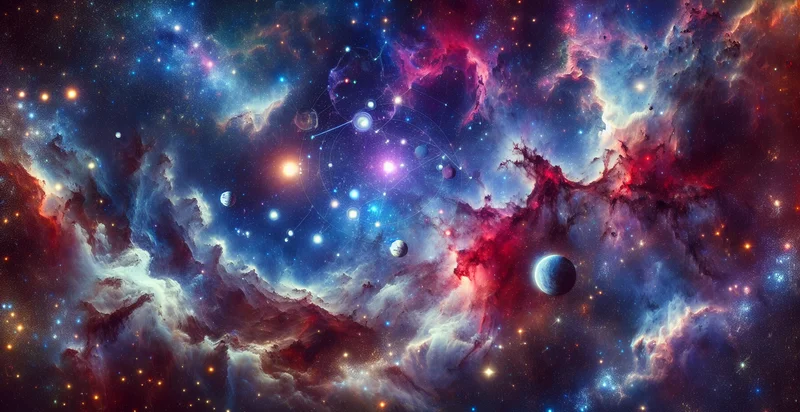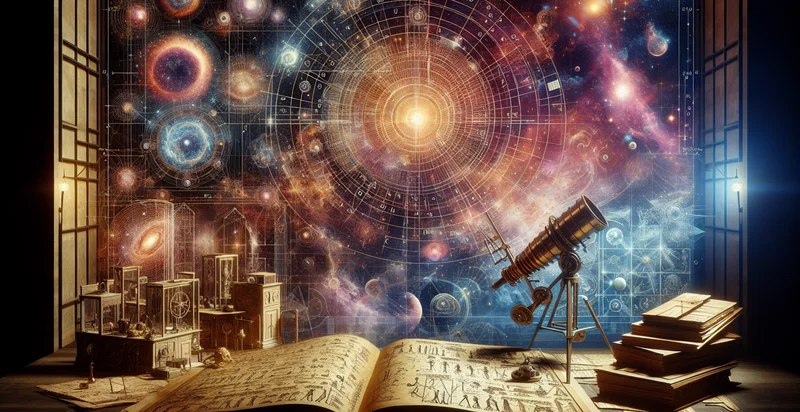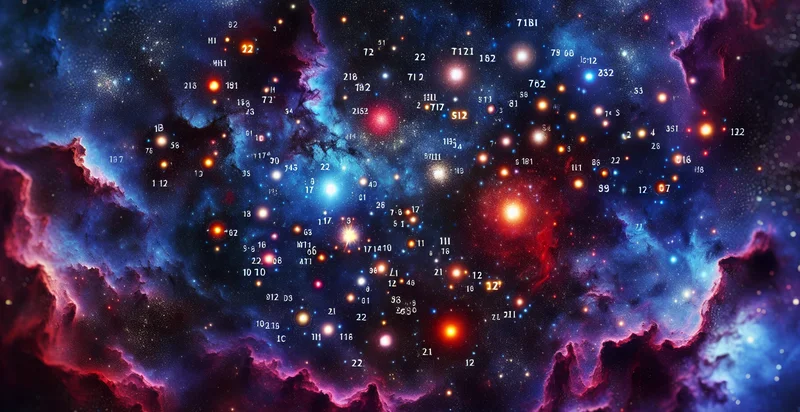Identify celestial alignments
using AI
Below is a free classifier to identify celestial alignments. Just upload your image, and our AI will predict what celestial bodies are aligned - in just seconds.

Contact us for API access
Or, use Nyckel to build highly-accurate custom classifiers in just minutes. No PhD required.
Get started
import nyckel
credentials = nyckel.Credentials("YOUR_CLIENT_ID", "YOUR_CLIENT_SECRET")
nyckel.invoke("celestial-alignments", "your_image_url", credentials)
fetch('https://www.nyckel.com/v1/functions/celestial-alignments/invoke', {
method: 'POST',
headers: {
'Authorization': 'Bearer ' + 'YOUR_BEARER_TOKEN',
'Content-Type': 'application/json',
},
body: JSON.stringify(
{"data": "your_image_url"}
)
})
.then(response => response.json())
.then(data => console.log(data));
curl -X POST \
-H "Content-Type: application/json" \
-H "Authorization: Bearer YOUR_BEARER_TOKEN" \
-d '{"data": "your_image_url"}' \
https://www.nyckel.com/v1/functions/celestial-alignments/invoke
How this classifier works
To start, upload your image. Our AI tool will then predict what celestial bodies are aligned.
This pretrained image model uses a Nyckel-created dataset and has 30 labels, including Alignment, Aphelion, Ascending Node, Astrological Aspect, Celestial Event, Celestial Mechanics, Celestial Sphere, Conjunction, Descending Node and Eclipse.
We'll also show a confidence score (the higher the number, the more confident the AI model is around what celestial bodies are aligned).
Whether you're just curious or building celestial alignments detection into your application, we hope our classifier proves helpful.
Related Classifiers
Need to identify celestial alignments at scale?
Get API or Zapier access to this classifier for free. It's perfect for:
- Astronomical Research Enhancements: The celestial alignments identifier can assist astronomers in filtering out false images in their observational data, thereby improving the accuracy of their studies. By focusing only on verified celestial alignments, researchers can deduce more reliable information about star formations and cosmic events.
- Astrological App Development: Developers of astrology applications can leverage this function to ensure that the images interpreted during readings are genuine and representative of celestial events. This accuracy can enhance user experience and trust in astrological predictions based on visual data.
- Educational Resource Creation: Educators can utilize the celestial alignments identifier to create engaging materials that accurately depict cosmic phenomena. This could include interactive lessons or visual aids that help students better understand the significance of alignment events in astronomy.
- Satellite Imagery Verification: Satellite companies can implement this function to verify the authenticity of satellite images depicting celestial alignments. This verification process can help in accurate mapping and research of Earth's atmosphere and celestial bodies' influences on it.
- Planetarium Exhibit Enhancement: Planetarium operators can enhance their shows by using this identifier to screen images for accuracy before displaying them to audiences. This ensures that visitors receive high-quality and authentic representations of celestial alignments, enriching the educational experience.
- Space Mission Planning: Space agencies can use this function to analyze celestial alignments that may impact mission trajectories or satellite orbits. Identifying and focusing on accurate alignment images is essential for optimizing launch windows and maximizing mission success.
- AI Model Training: Companies developing AI for space exploration can employ the celestial alignments identifier in the training phase of their models. By filtering out false images, they can train AI systems on high-quality data, leading to better predictive outcomes and decision-making in space-related applications.


